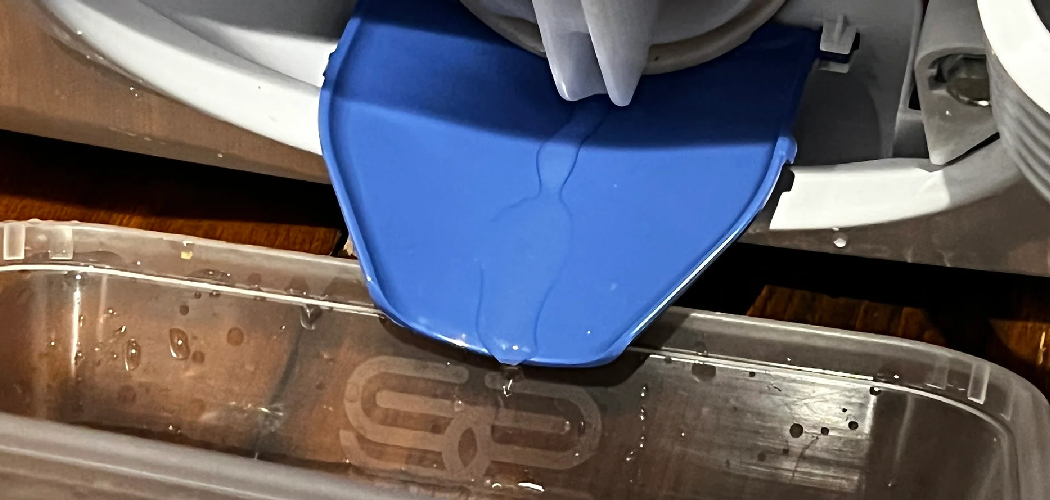Limescale is a common problem that many households face, particularly in areas with hard water. This buildup of calcium and magnesium deposits can not only affect the taste of your drinking water but also lead to a range of issues in plumbing and appliances. Installing a limescale filter can help maintain the quality of water and prolong the life of fixtures and appliances.
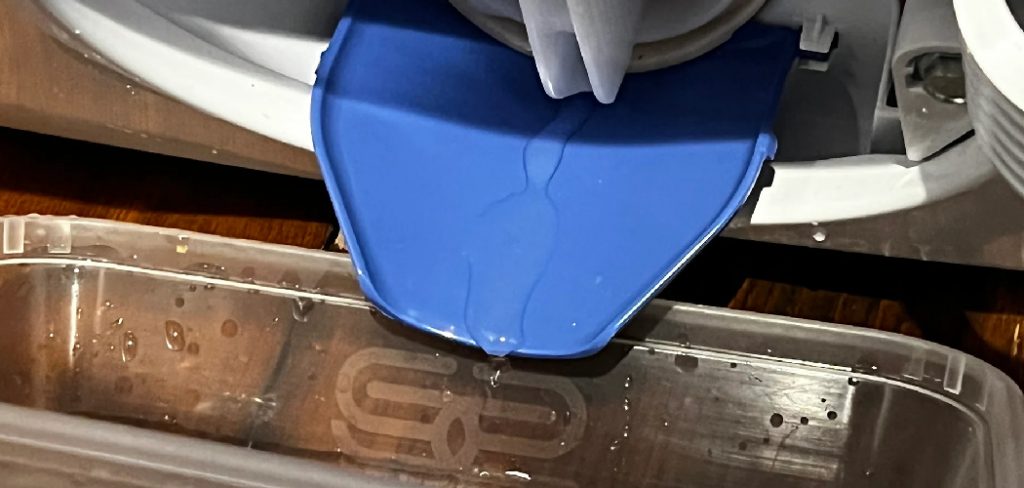
In this guide on how to filter limescale from water, we will explore effective methods for filtering limescale from water, the benefits of doing so, and tips for maintaining a limescale-free environment in your home.
Why Filter Limescale from Water?
As mentioned earlier, limescale buildup can cause various problems in your household. These include:
Reduced Water Flow:
The minerals present in hard water can form a layer of scale on the inside of pipes and fixtures, resulting in reduced water flow. This can be particularly problematic for showerheads or faucets where limescale buildup can lead to a weak and uneven spray.
Damage to Appliances:
Limescale can also accumulate inside appliances such as coffee makers, washing machines, and dishwashers. Over time, this buildup can cause malfunctions and even lead to costly repairs or replacements.
Stains on Surfaces:
The minerals in hard water can cause unsightly stains on surfaces such as sinks, tubs, and tiles. These stains are often difficult to remove and may require harsh chemicals, which can be damaging to both the surface and the environment.
Unpleasant Taste:
One of the most noticeable effects of limescale is its impact on the taste of water. The mineral deposits can give water a bitter or metallic taste, making it unappealing to drink.
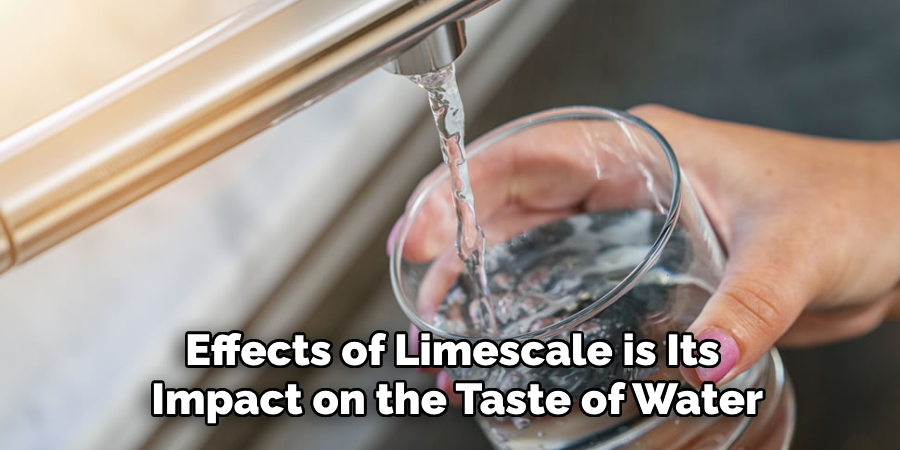
8 Steps on How to Filter Limescale From Water
Step 1: Water Softeners
Water softeners are effective devices designed to reduce the hardness of water by removing calcium and magnesium ions. These systems typically use a process called ion exchange, where hard ions are exchanged for sodium ions, resulting in softer water. Installing a water softener not only helps prevent limescale buildup in pipes and appliances but also improves the overall taste of your drinking water.
Additionally, softened water can lead to less soap usage and improved cleaning efficiency, making it a worthwhile investment for households dealing with hard water issues. For optimal results, regular maintenance and regeneration of the water softener are essential to ensure its effective performance.
Step 2: Water Filters
Water filters are another popular method for removing limescale from water. These filters use a variety of methods such as reverse osmosis, activated carbon, or distillation to remove impurities and minerals from the water. Depending on the type of filter, it can eliminate different levels of hardness and other contaminants like chlorine or bacteria.
You can choose from a variety of water filters, including pitcher filters, faucet filters, and under-sink filters. Consider the size of your household and the level of limescale in your water when selecting the right filter for your needs.
Step 3: Magnetic Water Conditioner
Magnetic water conditioners are relatively new on the market but have gained popularity among those looking for eco-friendly and chemical-free solutions to limescale buildup.
These devices use magnetic fields to alter the physical properties of minerals in hard water, making them less likely to form scale. While there is limited scientific evidence on their effectiveness, many users report positive results with these devices.
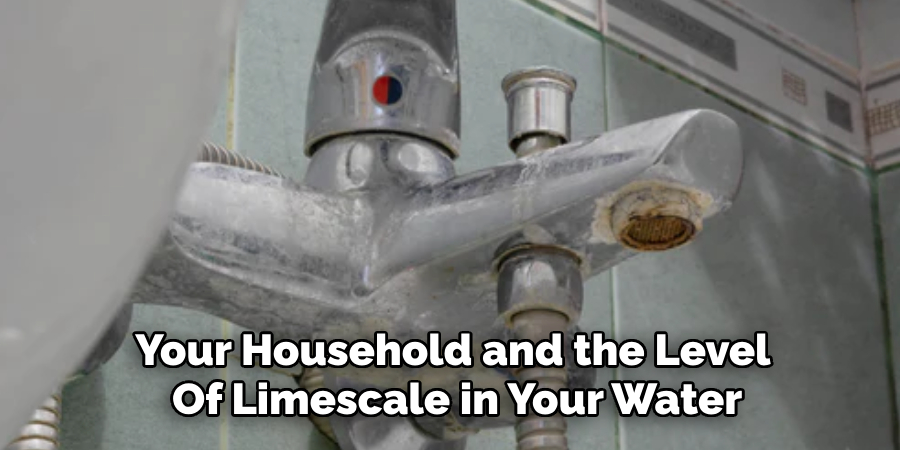
Step 4: Descaling Products
If limescale has already built up in your pipes or appliances, you may need to use a descaling product to remove it. These are acidic-based solutions that dissolve the mineral deposits and flush them out of the system. It’s essential to follow the instructions carefully when using these products and wear protective gear as they can be harsh on skin and eyes.
The frequency of descaling will depend on the level of hardness in your water and the type of appliance or fixture. For example, coffee makers may need to be descaled every few months, while dishwashers can go longer between cleanings.
Step 5: Vinegar Solution
For a more natural alternative to descaling products, you can use a vinegar solution to remove limescale buildup. Mix equal parts white vinegar and water and let it sit in the affected area for several hours before flushing it out. This method may take longer than using a commercial product, but is less harsh and more environmentally friendly.
The acid in the vinegar can dissolve the minerals, but it may not be as effective on severe limescale buildup. It’s also essential to rinse thoroughly after using this method to avoid leaving a strong vinegar smell.
Step 6: Regular Cleaning
Prevention is always better than cure, and one of the best ways to prevent limescale buildup is through regular cleaning. Wiping down surfaces with a mixture of water and lemon juice or baking soda can help remove any existing deposits and prevent future ones from forming.
Additionally, regularly cleaning appliances like coffee makers, kettles, and showerheads can help maintain their performance and prolong their lifespan.
Step 7: Boiling Water
Boiling water can also be an effective way to reduce limescale buildup. While it won’t remove existing deposits, boiling the water before use can prevent minerals from settling on surfaces. This method is particularly useful for small appliances like kettles or coffee makers.
It’s important to note that boiling water will not remove all minerals from hard water, and it may not be practical for larger quantities of water.
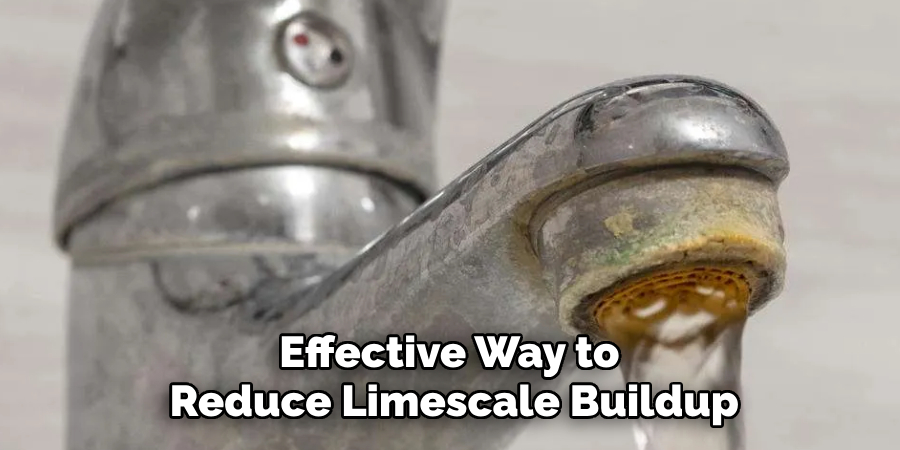
Step 8: Purchase Limescale Resistant Appliances
Lastly, consider investing in appliances or fixtures that are designed to resist limescale buildup. Some manufacturers offer products with special coating or materials that make them less susceptible to mineral deposits. This can be a long-term solution for households dealing with severe limescale issues, but it may come at a higher cost.
By following these steps on 8 Steps on How to Filter Limescale From Water:, you can effectively reduce limescale buildup in your home and enjoy the benefits of clean and softer water. Remember to regularly maintain any filtration or softening systems, and monitor your water quality to ensure optimal results.
Things to Remember
- Different methods may work better for different levels of limescale buildup.
- Regular maintenance and cleaning are essential for preventing and removing limescale.
- Consider the cost, effectiveness, and eco-friendliness of each method before choosing a solution.
- Don’t forget to monitor your water quality to ensure that your chosen method is working effectively.
- Limescale can be damaging to both appliances and the environment, so it’s important to address it sooner rather than later.
- Prevention is key – consider investing in limescale-resistant appliances or fixtures to save time and effort in the long run.
- If using descaling products or vinegar solutions, always follow the instructions carefully and wear protective gear.
- Remember to choose a water filter or softener that is suitable for your household’s size and level of limescale.
- Consider the initial cost and ongoing maintenance costs of each method before making a decision.
- Regularly cleaning appliances and surfaces with natural products can also help prevent limescale buildup.
- Boiling water may not completely remove all minerals from hard water, but it can help reduce limescale on surfaces.
- Stay informed about the types of contaminants in your water and choose a filtration method that can effectively remove them.
- Always conduct research and consult with professionals before making any significant changes to your water filtration system.
- Remember that everyone’s water quality and needs may vary, so what works for one household may not work for another.
- Stay updated on any new advancements in limescale prevention and removal methods.
Frequently Asked Questions
Q: Can Limescale Affect the Taste of My Water?
A: Yes, limescale can give a bitter or metallic taste to water, which can also impact the taste of beverages and food cooked with it. The buildup of limescale can also cause water to have a cloudy appearance.
Q: Is Limescale Harmful to My Health?
A: While consuming limescale is not considered harmful, it can contain traces of heavy metals and other contaminants that may be harmful in higher concentrations. It’s best to remove or reduce limescale from your water for optimal health and taste.
Q: Can I Use Water Softeners to Filter Out Limescale?
A: Yes, water softeners are specifically designed to remove minerals like calcium and magnesium, which are responsible for limescale buildup. However, they may not be as effective in removing other contaminants such as bacteria or chemicals. Consider using a filtration system that combines both softening and filtering for the best results.
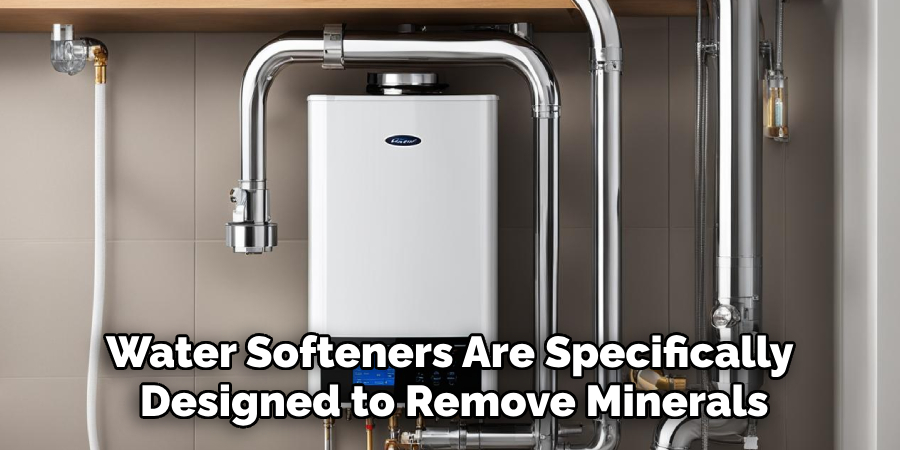
Conclusion
In conclusion, effectively managing limescale buildup in your home is essential for maintaining the quality of your water and the longevity of your appliances. By implementing the eight steps on how to filter limescale from water outlined—from utilizing water softeners and filters to regular cleaning and choosing limescale-resistant appliances—you can significantly reduce the challenges posed by hard water.
Regular monitoring and maintenance of your chosen methods will not only enhance the taste of your drinking water but also contribute to overall household efficiency. Embracing these strategies ensures you enjoy the benefits of cleaner, softer water for years to come.

